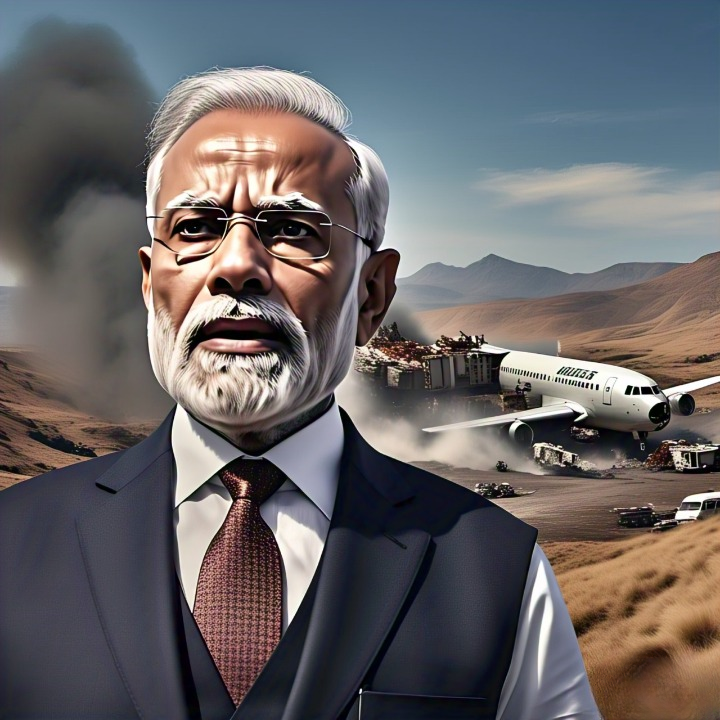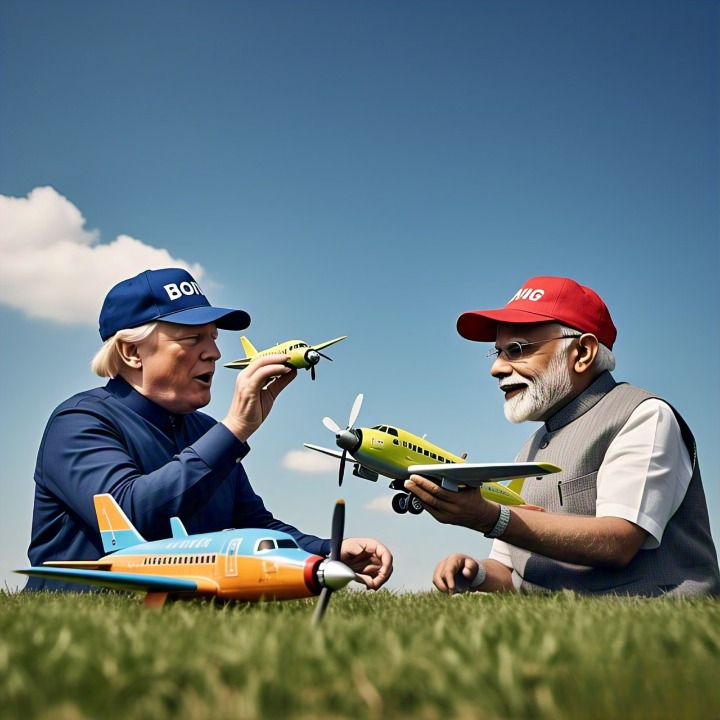India’s aviation sector has witnessed exponential growth over the past decade, with millions of passengers taking to the skies each year. Yet, behind this upward trajectory lies a sobering truth: a disturbing pattern of fatal air disasters, many involving Boeing aircraft. From runway overruns to catastrophic crashes, Boeing’s name has become a recurring presence in India’s darkest aviation moments. And with each tragedy, a deeper question emerges—why does India, despite its aviation ambitions, still lack a fully capable black box decoding facility?
A Decade of Disasters: Boeing’s Shadow Over Indian Aviation
Since 2000, nearly every major fatal commercial air crash in India has involved a Boeing aircraft. The pattern is not just coincidental—it’s statistically striking:
July 2000 – Alliance Air Flight 7412: A Boeing 737-200 crashed into a Patna neighborhood, killing 60 people.
May 2010 – Air India Express Flight 812: A Boeing 737-800 overshot the runway in Mangalore, killing 158 passengers.
August 2020 – Air India Express Flight 1344: Another Boeing 737-800 broke into pieces after skidding off the runway in Kozhikode, claiming 18 lives.
June 2025 – Air India Flight 171: A Boeing 787-8 Dreamliner crashed minutes after takeoff from Ahmedabad, killing 241 passengers and 38 people on the ground. Only one person survived
In total, 11 of India’s 22 recorded commercial aircraft accidents have involved Boeing aircraft. Even more telling, 10 of the 13 accidents involving Indian airline companies featured Boeing jets. While causes vary—ranging from pilot error and weather to mechanical failure—the recurrence of Boeing in these tragedies is impossible to ignore.
The Black Box Bottleneck: A National Blind Spot
After the devastating 2025 Ahmedabad crash, India’s Aircraft Accident Investigation Bureau (AAIB) sent the black box to the United States for decoding. The reason? The device was too badly damaged for India’s newly established lab to handle.
This decision is deeply concerning. In April 2025, India inaugurated a ₹9 crore black box decoding facility with support from Hindustan Aeronautics Limited (HAL). It was a long-overdue step toward aviation self-reliance. Yet, when faced with a real-world crisis, the lab fell short. The U.S. National Transportation Safety Board (NTSB) had to step in—again.
This isn’t just a technical issue—it’s a matter of sovereignty, speed, and transparency. Every time India sends a black box abroad, it delays the investigation, compromises control over sensitive data, and signals a lack of preparedness.
Why the Delay in Capability?
India is home to some of the world’s most advanced engineers, aerospace manufacturers, and IT infrastructure. So why are we still dependent on foreign agencies for something as critical as flight data analysis?
The answer lies in a mix of bureaucratic inertia, underinvestment in aviation safety infrastructure, and a reactive rather than proactive approach to crisis management. Despite repeated tragedies, the urgency to build a world-class, damage-tolerant black box lab has not translated into action.
Boeing’s Global Troubles Add to the Concern
India’s experience with Boeing is not isolated. Globally, the company has faced intense scrutiny over safety lapses, particularly with the 737 MAX series. Whistleblowers have raised alarms about manufacturing shortcuts and quality control issues. In 2024, a Boeing engineer warned of structural flaws in the 787 Dreamliner—the same model involved in the Ahmedabad crash.
These concerns make it even more critical for India to have independent investigative capabilities. Relying on the manufacturer’s country for analysis creates a conflict of interest and undermines public trust.
The Politics of Influence: Boeing’s Backing and Trump’s Overtures
In the aftermath of the Ahmedabad crash, former U.S. President Donald Trump publicly expressed sorrow and offered India full support, calling the incident “one of the worst in aviation history”. While his gesture appeared humanitarian, it also underscored the deep ties between Boeing and U.S. political leadership. Trump has long been a vocal supporter of Boeing, often touting its importance to the American economy and defense sector. During his presidency, he facilitated major Boeing deals in the Middle East and Asia, and his administration was known for shielding the company during regulatory crises. In India, Boeing’s growing footprint—backed by diplomatic and commercial lobbying—has raised concerns about whether safety oversight is being compromised in favor of strategic partnerships. As India continues to rely on Boeing aircraft, the question remains: are we prioritizing diplomacy and deals over accountability and safety?

A Call for Accountability and Investment
India’s aviation future is bright—but only if it is built on a foundation of safety, transparency, and self-reliance. The government must:
Upgrade the existing black box lab to handle severely damaged devices.
Train a dedicated team of forensic aviation analysts to lead independent investigations.
Mandate faster turnaround times for crash reports to ensure timely policy changes.
Hold manufacturers accountable by demanding transparency and cooperation in investigations.
Every crash is a tragedy. But repeated tragedies without systemic change are a failure. India cannot afford to outsource its aviation safety narrative any longer. The black box is not just a recorder—it’s the voice of the aircraft, the final witness to disaster. And we must be able to hear it ourselves.
As India aims to become a global aviation hub, it must also become a global leader in aviation safety. The skies may be shared, but the responsibility for our passengers is ours alone.



